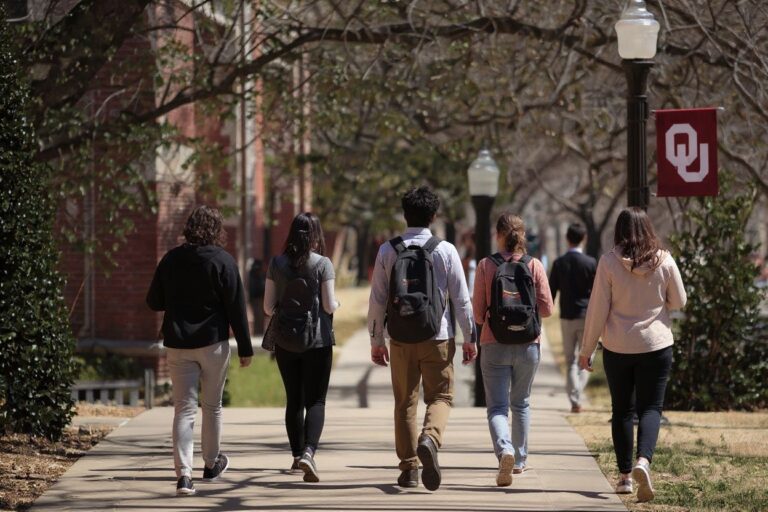
Thousands of international students flock to the US each year to pursue higher education at American universities, but factors including the cost of a degree and the post-graduation work opportunities could dim the country’s appeal as a study abroad destination for international students.
A recent report by Interstride found that 42% of survey respondents chose to study in the US due to the ranking and reputation of American universities. This was followed by 23% of students saying they came to the US because they were interested in working in the country after graduation.
Separately, new research published by the National Foundation for American Policy (NFAP) found that the US is losing international students to Canada, especially in the STEM field. Among them are Indian students in STEM courses, who have been one of the largest cohorts of foreign student population in the US.
The report found that international student enrollment dipped by seven percent at American universities, but increased by 52% at Canadian colleges and universities between 2016-19.
The shift in preference is largely due to stringent American immigration policies. Canada is known for its visa and immigration schemes that allow international students to remain in the country after their studies. Its post-graduation work permit (PGWP) is seen as the first major step towards obtaining permanent resident status.
“Canada is benefiting from a diversion of young Indian tech workers from US destinations, largely because of the challenges of obtaining and renewing H-1B visas and finding a reliable route to US permanent residence,” Peter Rekai, a Toronto-based immigration lawyer, was quoted saying in Forbes.
There’s also the cost factor to think about. International undergraduate fees in Canada average around US$26,495 in 2021-22 — cheaper than the US’ average cost of around US$43,000-50,000 per year for out-of-state, depending on the institution.

Some things have not changed since Bhandari was an international student in the US, including “the sheer unaffordability of a US degree”. Source: Dr. Rajika Bhandari
Students at American universities need options that would enable them to stay and work in the US
The US has been stepping up efforts to woo more students to its shores. The Biden administration recently revamped its policy and added new STEM courses to the Optional Practical Training (OPT) programme.
While the broadening of STEM opportunities serves as a positive signal for students, one international higher education expert opined that it still does not change the fact that the US post-study work programme (OPT) remains vulnerable.
“In order to remain the beacon that it has always been, the US must solve the puzzle of the higher education-to-immigration transition by providing a clear and visible pathway to opportunity for students at the outset,” said Dr. Rajika Bhandari, an international higher education expert, in an email interview with Study International.
“Without these sorts of changes, the US will continue to lose American-educated talent to other countries, and has already done so over the past few years. This includes more attractive and friendlier immigration policies that enable talented international students to stay on and pursue their ambitions while contributing significantly to the US economy and society.”
Bhandari said it is also important to eliminate the “single-intent” aspect of the international student visa so that prospective international students are not forced to decide and declare at the time of application that they will return home immediately after their studies.
“Most students are too young and unprepared at that point to know exactly how their aspirations and plans will shape up after they complete their studies,” she explained. She added that it is reasonable to assume that all students — international or otherwise — are interested in applying their knowledge and skills by gaining work experience.
“Although the broadening of STEM opportunities is a step in the right direction, it still does not change the fact that the US post-study work programme (OPT) remains vulnerable,” she said.










